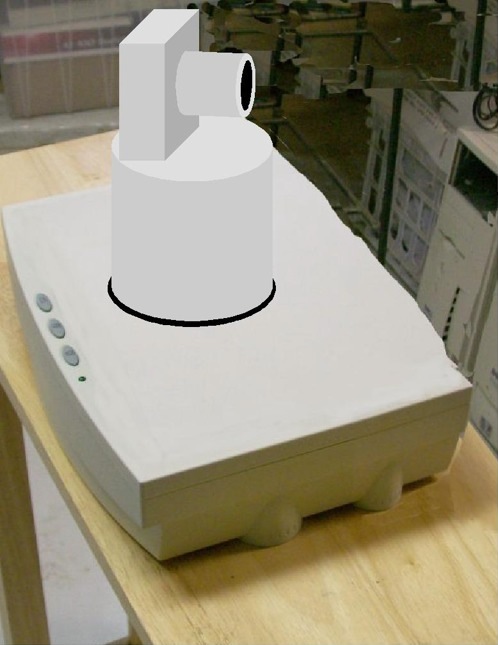The not-for-profit Zoom In Photography School are having a pinhole workshop at their location in Clapham. Their course prospectus begins:
The Pinhole Photography course is a fun way to learn and demystify the mechanics of your camera. Deliberately structured to help you understand your own camera better but also providing essential skills in those who wish to develop this old photographic technique in their photographic art work. You will cover everything from preparing your camera, constructing your camera using simple mathematical formula to taking meter readings and photographs and processing positive images from your negatives.
Continue reading at Zoom In
Via Estellelatcho

